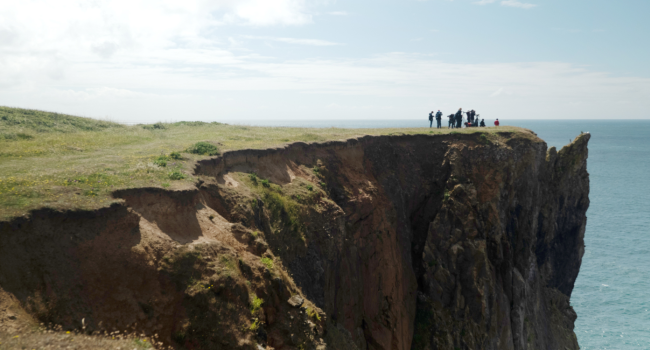Roads as a contributor to landscape-scale variation in bird communities
Author(s): Cooke, S.C., Balmford, A., Donald, P.F., Newson, S.E. & Johnston, A.
Published: July 2020 Pages: 10pp
Journal: Nature Communications Volume: 11
Article No.: 3125
Digital Identifier No. (DOI): 10.1038/s41467-020-16899-x
Abstract
Roads and their traffic can affect wildlife over large areas and, in regions with dense road networks, may influence a high proportion of the ecological landscape. We assess the abundance of 75 bird species in relation to roads across Great Britain. Of these, 77% vary significantly in abundance with increasing road exposure, just over half negatively so. The effect distances of these negative associations average 700m from a road, covering over 70% of Great Britain and over 40% of the total area of terrestrial protected sites. Species with smaller national populations generally have lower relative abundance with increasing road exposure, whereas the opposite is true for more common species. Smaller-bodied and migratory species are also more negatively associated with road exposure. By creating environmental conditions that benefit generally common species at the expense of others, road networks may echo other anthropogenic disturbances in bringing about large-scale simplification of avian communities.
Notes
The authors thank all the volunteer fieldworkers taking part in the Breeding Bird Survey (BBS). The BBS is jointly funded by the BTO, JNCC and RSPB. Stuart Newson is supported by the BTO’s Young Scientists’ Programme.Staff Author(s)







Share this page